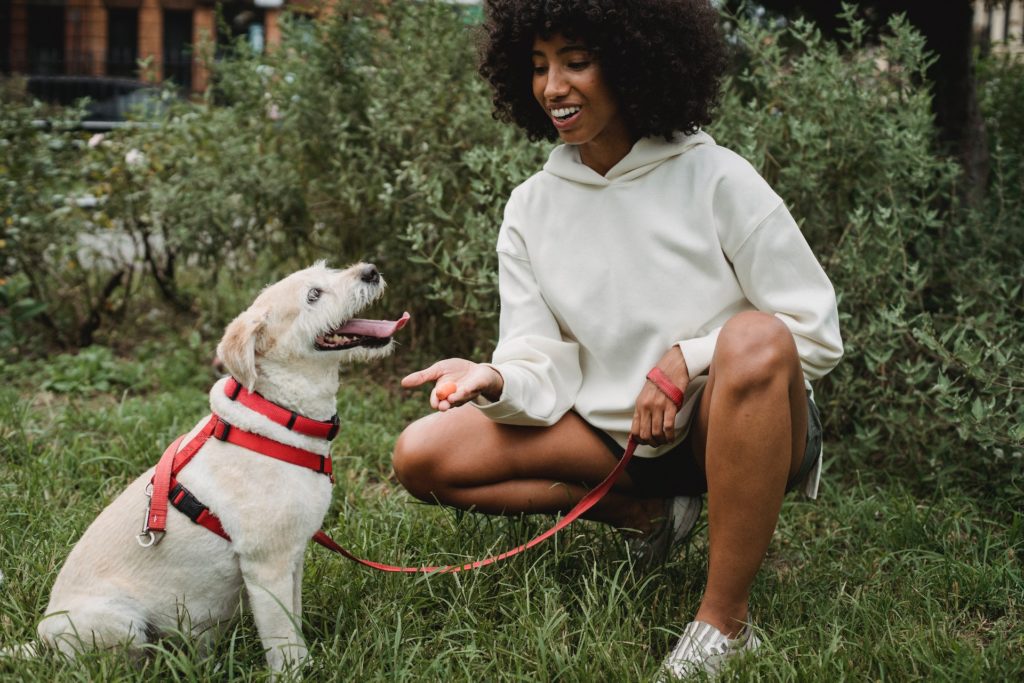No matter the size, every puppy requires proper training. With a little guidance and patience, you can provide your pup with everything it needs to function as a good canine citizen! Check out our expert tips on how to properly train a new pup below!
1. Enroll in Obedience Classes or Work With a Trainer
The perfect way to get the most out of your dog is by enrolling in obedience classes or working with a trainer. Obedience training teaches dog self-control, making them more confident and well-behaved. When you are working with a trainer, he will help you shape your pup into a good companion, giving it all the training it needs to live as an adult dog.
2. Avoid Training Techniques That Involve Punishment
Punishment is never the answer when it comes to training your dog. Punishment makes a dog anxious, fearful and unpredictable. It doesn’t teach your pup anything except to fear you or whatever punishment you use, and it can lead to aggression. You’ll have better luck using positive reinforcement.
Positive reinforcement involves rewarding your dog when it acts in the desired way. If you train with positive reinforcement, your pup will learn more quickly and retain those lessons longer because they are being praised for good behavior, not being punished for bad behavior.
3. Be Patient
Patience is vital for training because your pup will progress at its own pace. You need to understand that learning something new is not easy and remember that your puppy will have some bad habits from its previous owners. Don’t be harsh on your puppy when it does something bad; try to encourage it to do the right thing by giving it praise and free treats.
4. Train Your Puppy When They’re Feeling Enthusiastic
When training your puppy, try to schedule training to take place when they are feeling enthusiastic. This will help them to focus. Make sure that the training session is short, so you can keep the puppy’s attention and ensure that they enjoy it.
5. Offer Treats
During training, you can use treats. Treats will help your pup understand what it is expected to do and maintain an enthusiastic and correct attitude during the training session. It is also a great way to keep your pup interested!
6. Teach Your Dog How to Relax
To teach your puppy to relax, either physically hold it and let it sit or mentally tell it to relax. Learning how to relax is essential for any good temperament. This means that they won’t get overly excited and act out or become anxious.
7. Take Breaks
Your pup will become tired, especially when it is new, so take breaks when you are training your pup. If you are working with a trainer, give them a break as well to decrease the number of accidents that can happen. Don’t forget about yourself either!
In conclusion, training will make your pup more confident, better behaved, and less anxious. Without proper training, you’ll spend more time on walks and around the house making sure that your pup is under control than doing what you want to do!




